
Article 10. Erosion Control and Stormwater Management Page TOC-1
Erosion Control and Stormwater Management
TABLE OF CONTENTS
EROSION CONTROL AND STORMWATER MANAGEMENT........................................ 10-1
Standards Incorporated by Reference. ........................................................................ 10-1
1001.01 Stormwater Management. ........................................................................................................................ 10-1
1001.02 Owner Responsibilities. .............................................................................................................................. 10-1
DIVISION 1. SOIL EROSION, SEDIMENTATION AND POLLUTION CONTROL ORDINANCE. ......... 10-1
Purpose and Intent. ........................................................................................................ 10-1
Definitions Related to Erosion, Sedimentation and Pollution Control. ................... 10-1
Exemptions. ..................................................................................................................... 10-5
1004.01 Applicable exemptions. ............................................................................................................................. 10-5
Minimum Requirements for Erosion, Sedimentation and Pollution Control Using
Best Management Practices. .................................................................................................................... 10-7
1005.01 General Provisions. ...................................................................................................................................... 10-7
1005.02 Minimum Requirements/BMPs............................................................................................................... 10-7
1005.03 Required Protections. ................................................................................................................................. 10-8
Application and Permitting Process. ......................................................................... 10-10
Inspection and Enforcement. ..................................................................................... 10-10
1007.01 Inspection and Enforcement Responsibilities and Processes. .................................................. 10-10
Penalties and Incentives. ............................................................................................ 10-11
1008.01 Failure to Obtain a Permit for Land-Disturbing Activity. ............................................................ 10-11
1008.02 Stop-Work Orders. .................................................................................................................................... 10-11
1008.03 Bond Forfeiture. .......................................................................................................................................... 10-12
1008.04 Monetary penalties .................................................................................................................................... 10-12
Education and Certification. ....................................................................................... 10-12
1009.01 Education and Certification Requirements. ..................................................................................... 10-12
Administrative Appeal. ............................................................................................... 10-13
1010.01 Administrative Remedies. ....................................................................................................................... 10-13
1010.02 Administrative Appeal. ............................................................................................................................. 10-13
Liability. ........................................................................................................................ 10-13
1011.01 Liability Standards. ..................................................................................................................................... 10-13
DIVISION 2. STORMWATER MANAGEMENT. .................................................................................. 10-14
Purpose and Intent. ..................................................................................................... 10-14
Applicability and Exemptions. ................................................................................... 10-14
1013.01 Applicability. ................................................................................................................................................. 10-14

Article 10. Erosion Control and Stormwater Management Page TOC-2
1013.02 Exemptions. .................................................................................................................................................. 10-14
Stormwater Management Facilities. ......................................................................... 10-14
1014.01 Development Plan Requirements. ....................................................................................................... 10-14
1014.02 Standards for Stormwater Management. ......................................................................................... 10-14
1014.03 Stormwater Detention Facility Location Criteria. ........................................................................... 10-15
1014.04 Stormwater Detention Facility Easement Requirements. ........................................................... 10-16
1014.05 Stormwater Detention Facility Design Considerations. .............................................................. 10-16
1014.06 Alternate Structural Stormwater Controls. ....................................................................................... 10-17
1014.07 Modifications for Off-Site Facilities .................................................................................................... 10-17
Maintenance and Inspection of Stormwater Facilities and Practices. ................... 10-18
1015.01 Responsibility for Maintenance. ........................................................................................................... 10-18
1015.02 Local Jurisdiction Inspection Authority. ............................................................................................ 10-18
1015.03 Maintenance Records Requirements. ................................................................................................ 10-19
1015.04 Failure to Maintain. .................................................................................................................................... 10-19
1015.05 Stormwater management facility maintenance agreement ...................................................... 10-19
DIVISION 3. DAMS ................................................................................................................................. 10-19
Dams. ............................................................................................................................ 10-19
1016.01 Existing Dams. ............................................................................................................................................. 10-20
1016.02 Existing Category I Dams. ....................................................................................................................... 10-20
1016.03 Existing Category II Dams. ...................................................................................................................... 10-20
1016.04 New Dams Which Become Subject to the Requirements of the Georgia Safe Dams Act
and Rules for Dam Safety. ............................................................................................................................................. 10-20
1016.05 New Dams Subject to Regulation by Harris County. ................................................................... 10-21

Article 10. Erosion Control and Stormwater Management Page 10-1
Erosion Control and Stormwater Management
Article 10 contains the requirements that relate to the impact of rainfall events on the natural and manmade
environment, including the erosion and siltation effects of site grading and land disturbance activities and
the control of stormwater flows and dams.
Standards Incorporated by Reference.
1001.01 Stormwater Management.
The design, construction, operation and maintenance of the stormwater system, including
stormwater detention facilities and all conveyances whether piped or open, shall conform to the
provisions of the Georgia Stormwater Management Manual, published August 2001 and as may
be amended by local addenda of Harris County from time to time, or as periodically updated or
expanded based on improvements in science, engineering, monitoring or local maintenance
experience.
1001.02 Owner Responsibilities.
Any property where erosion problems are resulting in sedimentation or where sediment leaves
the property is in violation of this Development Code, regardless of whether construction activity
is occurring or whether a permit has been issued.
(a) Proper notice shall be considered a notice of the violation mailed via certified mail to the
property owner’s address on record with the Tax Assessor’s office on the date of the
violation.
(b) Once proper notice has been issued, the property owner shall have five days to correct
this violation.
DIVISION 1. SOIL EROSION, SEDIMENTATION AND POLLUTION CONTROL ORDINANCE.
Purpose and Intent.
The purpose of this Division is to control erosion and sedimentation by requiring proper
provisions for storm water runoff and the protection of soil surfaces during and after any land
disturbing activity so as to promote the safety, public health and general welfare of the people
of Harris County.
Definitions Related to Erosion, Sedimentation and Pollution Control.
The following words, terms and phrases, when used in this article, shall have the meanings
ascribed to them in this section, except where the context clearly indicates a different meaning.
For additional definitions that applicable to entire Development Code and not just this Division,
see Article 13 (Glossary) of this Development Code.
Best Management Practices (BMP’s)-Erosion and Sedimentation Control: These include sound
conservation and engineering practices to prevent and minimize erosion and resultant
sedimentation, which are consistent with, and no less stringent than, those practices contained
in the Manual for Erosion and Sediment Control in Georgia published by the Commission as
of January 1 of the year in which the land-disturbing activity was permitted.
Board (DNR): The Board of the Georgia Department of Natural Resources.

Article 10. Erosion Control and Stormwater Management Page 10-2
Buffer: The area of land immediately adjacent to the banks of state waters in its natural state of
vegetation, which facilitates the protection of water quality and aquatic habitat. (Stream Buffer)
Certified Personnel (GSWCC): A person who has successfully completed the appropriate
certification course approved by the Georgia Soil and Water Conservation Commission
(GSWCC).
Commission (GSWCC): The Georgia Soil and Water Conservation Commission (GSWCC).
CPESC: Certified Professional in Erosion and Sediment Control with current certification by
EnviroCert, Inc., which is also referred to as CPESC or CPESC, Inc.
Cut: A portion of land surface or area from which earth has been removed or will be removed
by excavation; the depth below original ground surface to the excavated surface. Also known
as “excavation.”
Department: The Georgia Department of Natural Resources (DNR).
Design Professional: A Professional licensed by the State of Georgia in the field of: engineering,
architecture, landscape architecture, forestry, geology, or land surveying; or a person that is a
Certified Professional in Erosion and Sediment Control (CPESC) with a current certification by
EnviroCert, Inc. Design Professionals shall practice in a manner that complies with applicable
Georgia law governing professional licensure.
Development Land Disturbance Permit: The authorization necessary to initiate and conduct a
land-disturbing activity and to carry out the planned development of land and structures.
Director (EPD): The Director of the Environmental Protection Division or an authorized
representative.
District (Conservation): The Pine Mountain Soil and Water Conservation District.
Division (EPD): The Environmental Protection Division (EPD) of the Department of Natural
Resources.
Drainage Structure: A device composed of a virtually non-erodible material such as concrete,
steel, plastic or other such material that conveys water from one place to another by
intercepting the flow and carrying it to a release point for stormwater management, drainage
control or flood control purposes.
EPD: The Environmental Protection Division of the Georgia Department of Natural Resources.
EPD Director: The Director of the Environmental Protection Division of the Georgia Department
of Natural Resources.
Erosion: The process by which land surface is worn away by the action of wind, water, ice, or
gravity.
Erosion, Sedimentation and Pollution Control Plan: A plan required by the Erosion and
Sedimentation Act, O.C.G.A. chapter 12-7 that includes, as a minimum, protections at least as
stringent as the State General Permit, best management practices, and requirements in Sec.
4-941006 of this Article.
Fill: A portion of land surface to which soil or other solid material has been added; the depth
above the original ground surface or an excavation.
Final Stabilization: All soil disturbing activities at the site have been completed, and that for
unpaved areas and areas not covered by permanent structures and areas located outside the
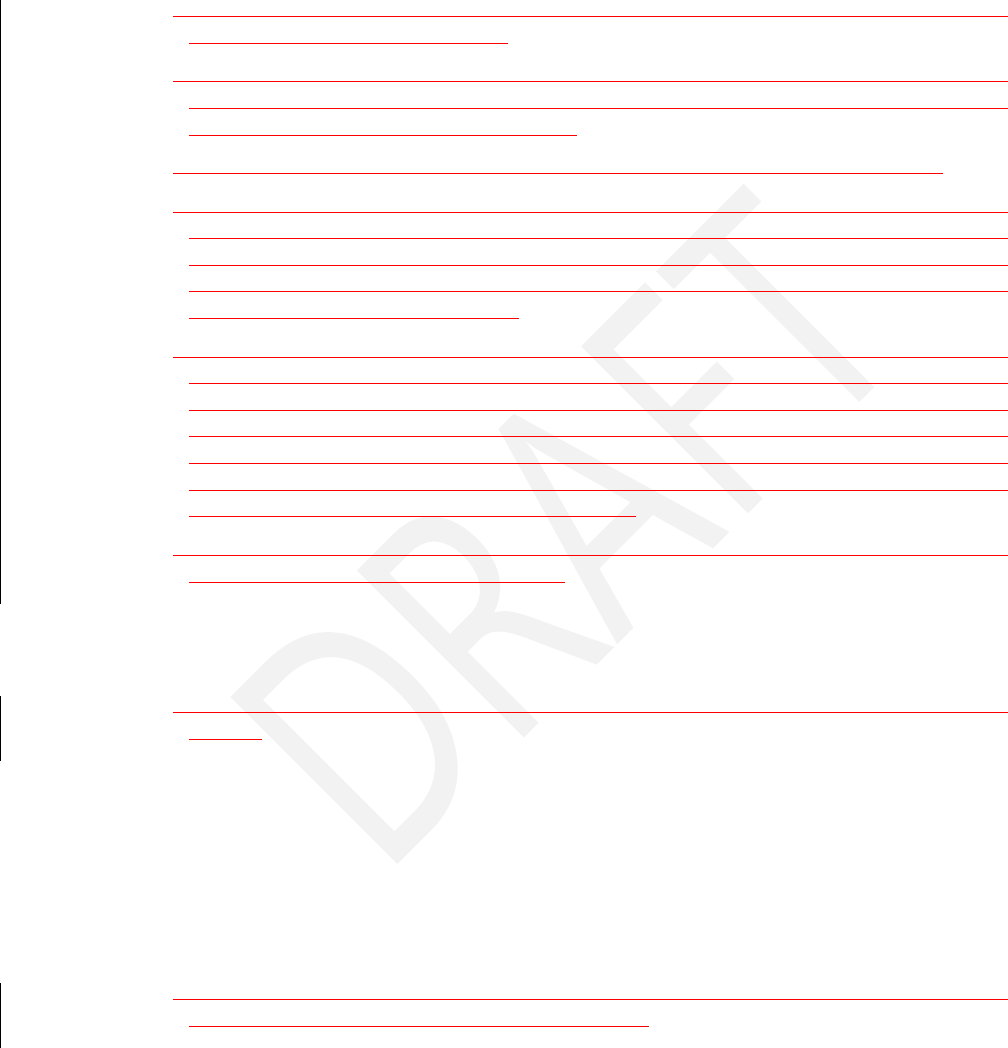
Article 10. Erosion Control and Stormwater Management Page 10-3
waste disposal limits of a landfill cell that has been certified by EPD for waste disposal, 100%
of the soil surface is uniformly covered in permanent vegetation with a density of 70% or
greater, or landscaped according to the Plan (uniformly covered with landscaping materials in
planned landscape areas), or equivalent permanent stabilization measures as defined in the
Manual (excluding a crop of annual vegetation and seeding of target crop perennials
appropriate for the region). Final Stabilization applies to each phase of construction.
Finished Grade: The final elevation and contour of the ground after cutting or filling and
conforming to the proposed design.
Grading: Altering the shape of ground surfaces to a predetermined condition; this includes
stripping, cutting, filling, stockpiling and shaping, or any combination thereof, and shall
include the land in its cut or filled condition.
Ground Elevation: The original elevation of the ground surface prior to cutting or filling.
Land-Disturbing Activity: Any activity that may result in soil erosion from water or wind and the
movement of sediments into state waters or onto lands within the state, including, but not
limited to, clearing, dredging, grading, excavating, transporting and filling of land but not
including those practices that are exempt under the Soil Erosion and Sedimentation Control
provisions of this Development Code.
Larger Common Plan of Development or Sale: A contiguous area where multiple, separate and
distinct construction activities are or may be occurring at different times on different schedules
under one plan of development or sale. For purposes of this paragraph, “plan” means an
announcement; piece of documentation such as a sign, public notice or hearing, sales pitch,
advertisement, drawing, permit application, zoning request, or computer design; or physical
demarcation such as boundary signs, lot stakes, or surveyor markings, indicating that
construction activities may occur on a specific plot.
Local Issuing Authority: The governing authority of any county or municipality which is certified
pursuant to subsection (a) O.C.G.A. 12-7-8.
Metropolitan River Protection Act (MRPA): A state law referenced as O.C.G.A. 12-5-440 et seq.,
which addresses environmental and developmental matters in certain metropolitan river
corridors and their drainage basins.
Natural Ground Surface: The ground surface in its original state before any grading, excavation
or filling.
Nephelometric Turbidity Units (NTU): Numerical units of measure based upon photometric
analytical techniques for measuring the light scattered by finely divided particles of a
substance in suspension. This technique is used to estimate the extent of turbidity in water in
which colloidally dispersed particles are present.
NOI: A Notice of Intent form provided by EPD for coverage under the State General Permit.
NOT: A Notice of Termination form provided by EPD to terminate coverage under the State
General Permit.
One-Hundred-Year Flood Plain: A land area subject to a 1 percent or greater statistical
occurrence probability of flooding in any given year.
Operator: The party or parties that have: 1) operational control of construction project plans and
specifications, including the ability to make modifications to those plans and specifications; or
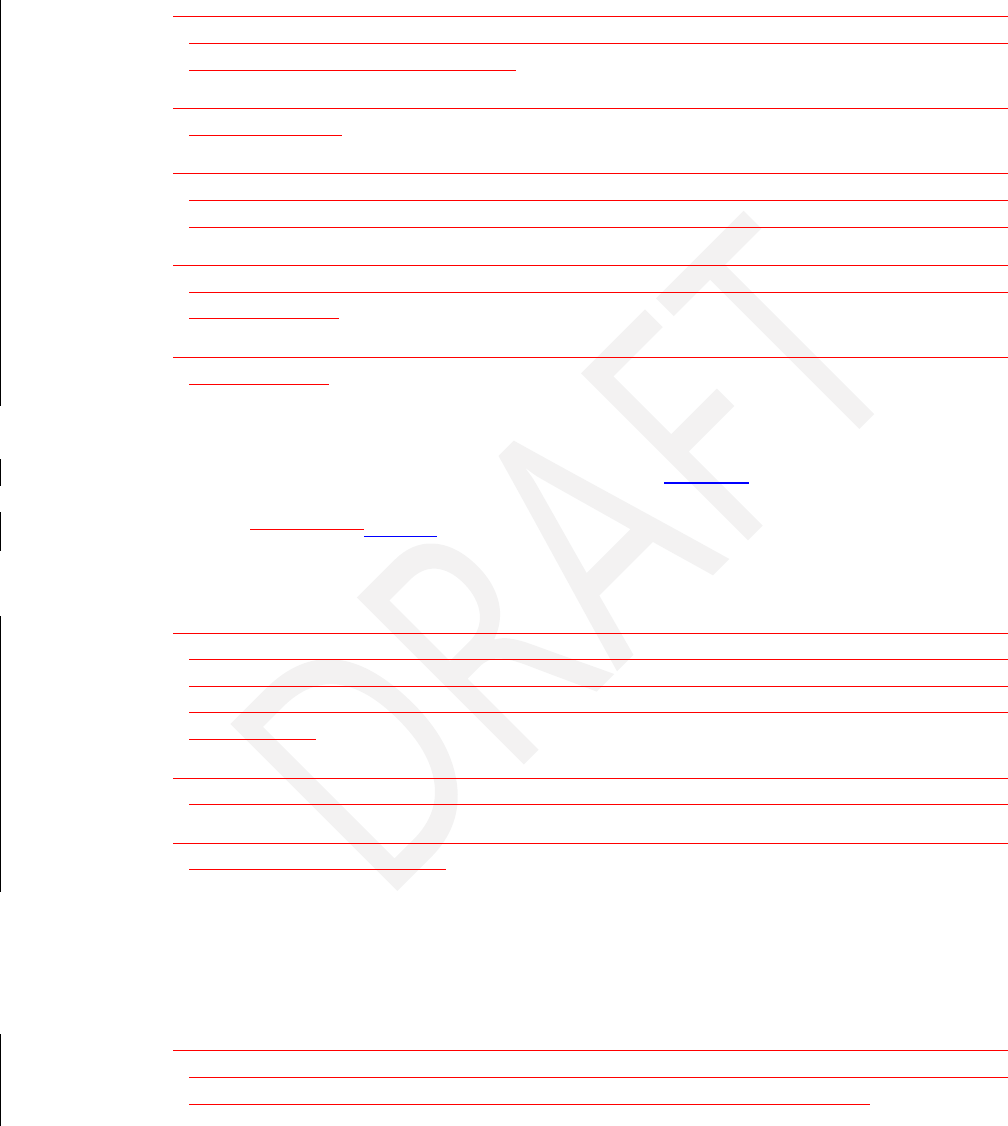
Article 10. Erosion Control and Stormwater Management Page 10-4
2) day-to-day operational control of those activities that are necessary to ensure compliance
with an erosion, sedimentation and pollution control plan for the site or other permit
conditions, such as a person authorized to direct workers at a site to carry out activities
required by the erosion, sedimentation and pollution control plan or to comply with other
permit conditions.
Outfall: The location where storm water in a discernible, confined and discrete conveyance,
leaves a facility or site or, if there is a receiving water on site, becomes a point source
discharging into that receiving water.
Permit: the authorization necessary to conduct a land-disturbing activity under the provisions
of this ordinance.
Person: Any individual, partnership, firm, association, joint venture, public or private corporation,
trust, estate, commission, board, public or private institution, utility, cooperative, state agency,
municipality or other political subdivision of the State, any interstate body or other legal entity.
Phase or Phased: Sub-parts or segments of construction projects where the sub-part or segment
is constructed and stabilized prior to completing construction activities on the entire
construction site.
Project: 1) The entire proposed development project regardless of the size of the area of land
to be disturbed.
Properly Designed: Designed in accordance with the design requirements and specification
contained in the Manual for Erosion and Sediment Control in Georgia (Manual) published by
the Georgia Soil and Water Conservation Commission (GSWCC) as of January 1 of the year in
which the land-disturbing activity was permitted and amendments to the Manual as approved
by the Commission GSWCC up until the date of NOI submittal.
Qualified Personnel: Any person who meets or exceeds the education and training requirements
of O.C.G.A. 12-7-19.
Roadway Drainage Structure: A device such as a bridge, culvert or ditch, composed of a virtually
non-erodible material such as concrete, steel, plastic or other such material that conveys water
under a roadway by intercepting the flow on one side of a traveled way consisting of one or
more defined lanes, with or without shoulder areas, and carrying water to a release point on
the other side.
Sediment: Solid material, both organic and inorganic, that is in suspension, is being transported
or has been moved from its site of origin by wind, water, ice or gravity as a product of erosion.
Sedimentation: The process by which eroded material is transported and deposited by the action
of water, wind, ice, or gravity.
Soil & Water Commission: The State Soil and Water Conservation Commission.
Soil and Water Conservation District Approved Plan: An erosion, sedimentation and pollution
control plan approved in writing by the Pine Mountain Soil and Water Conservation District.
Soil & Water District: The Pine Mountain Soil and Water Conservation District.
Stabilization: The process of establishing an enduring soil cover of vegetation by the installation
of temporary or permanent structures for the purpose of reducing to a minimum the erosion
process and the resultant transport of sediment by wind, water, ice or gravity.
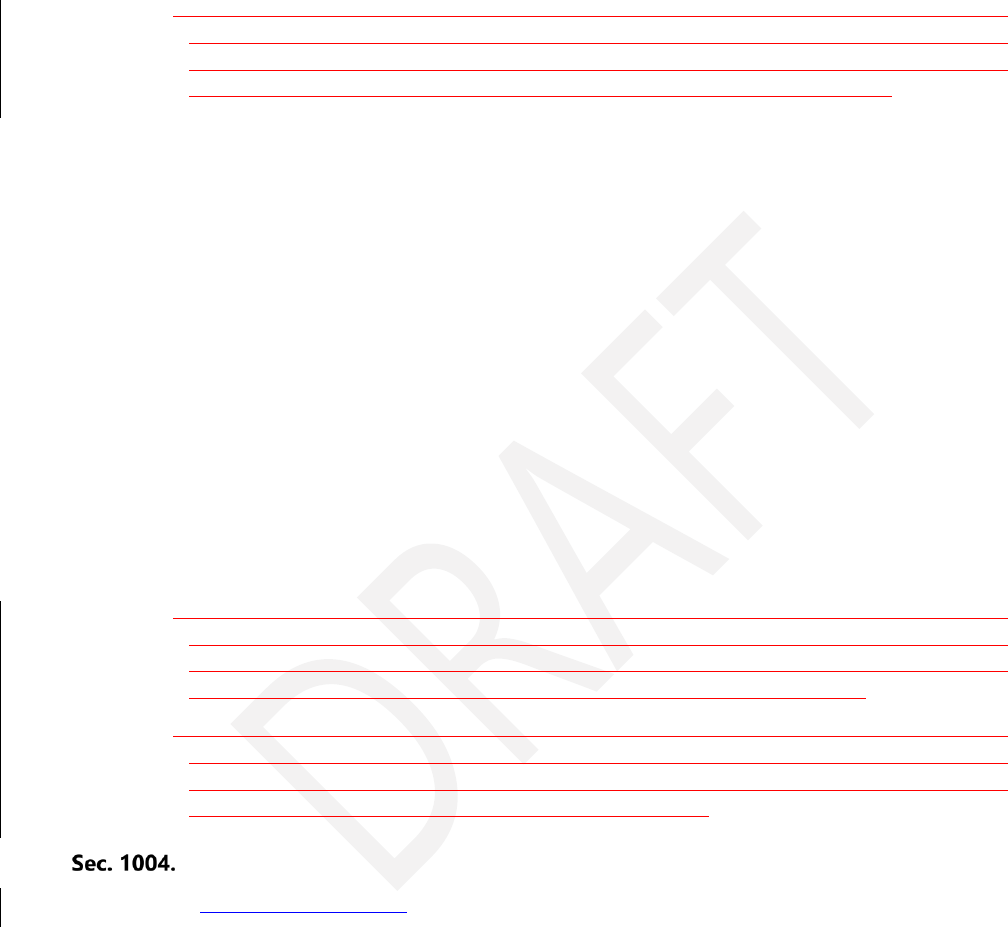
Article 10. Erosion Control and Stormwater Management Page 10-5
State General Permit: The National Pollution Discharge Elimination System general permit or
permits for storm water runoff from construction activities as is now in effect or as may be
amended or reissued in the future pursuant to the State’s authority to implement the same
through federal delegation under the Federal Water Pollution Control Act, as amended, 33
U.S.C. Section 1251, et seq., and subsection (f) of O.C.G.A. 12-5-30.
State Waters: Any and all rivers, streams, creeks, branches, lakes, reservoirs, ponds, drainage
systems, springs, wells, and other bodies of subsurface water, natural or artificial, lying within
or forming a part of the boundaries of Georgia which are not entirely confined and retained
completely upon the property of a single individual, partnership, or corporation.
Stream Buffer: See “Buffer”
Structural Erosion and Sedimentation Control Measures: Practices for the stabilization of
erodible or sediment-producing areas by utilizing the mechanical properties of matter for the
purpose of either changing the surface of the land or storing, regulating or disposing of runoff
to prevent excessive sediment loss. Examples of structural erosion and sedimentation control
practices are riprap, sediment basins, dikes, level spreaders, waterways or outlets, diversions,
grade stabilization structures, and sediment traps, etc. Such practices can be found in the
publication Manual for Erosion and Sediment Control in Georgia.
Vegetative Erosion and Sedimentation Control Measures: Measures for the stabilization of
erodible or sediment-producing areas by covering the soil with:
1. Permanent seeding, sprigging or planting, producing long-term vegetative cover; or
2. Temporary seeding, producing short-term vegetative cover; or
3. Sodding, covering areas with a turf of perennial sod-forming grass.
Such measures can be found in the publication Manual for Erosion and Sediment Control in
Georgia.
Watercourse: Any natural or artificial watercourse, stream, river, creek, channel, ditch, canal,
conduit, culvert, drain, waterway, gully, ravine, or wash in which water flows either continuously
or intermittently and which has a definite channel, bed and banks, and including any area
adjacent thereto subject to inundation by reason of overflow or flood- water.
Wetlands: Those areas that are inundated or saturated by surface or ground water at a frequency
and duration sufficient to support, and that under normal circumstances do sup- port a
prevalence of vegetation typically adapted for life in saturated soil conditions. Wetlands
generally include swamps, marshes, bogs and similar areas.
Exemptions.
1004.01 Applicable exemptions.
This article shall apply to any land-disturbing activity undertaken by any person on any land
except for the following:
(a) Surface mining, as the same is defined in O.C.G.A. § 12-4-72, "The Georgia Surface Mining
Act of 1968";
(b) Granite quarrying and land clearing for such quarrying;

Article 10. Erosion Control and Stormwater Management Page 10-6
(c) Such minor land-disturbing activities as home gardens and individual home landscaping,
repairs, maintenance work, fences, and other related activities which result in minor soil
erosion;
(d) The construction of single-family residences, when such construction disturbs less than
one 1 acre and is not a part of a larger common plan of development or sale with a
planned disturbance of equal to or greater than one 1 acre and not otherwise exempted
under this paragraph; provided, however, that construction of any such residence shall
conform to the minimum requirements as set forth in O.C.G.A. § 12-7-6 and this
paragraph shall be enforced by the local issuing authority. Before any land-disturbing
activity covered under this subsection begins, the property owner must provide at least
48 hours' notice, in writing, to the Harris County Department of Community Development
Department stating that a land-disturbing activity is about to begin and that all BMPs will
be followed;
(e) Agricultural operations as defined in O.C.G.A. § 1-3-3, "definitions", to include raising,
harvesting or storing of products of the field or orchard; feeding, breeding or managing
livestock or poultry; producing or storing feed for use in the production of livestock,
including but not limited to cattle, calves, swine, hogs, goats, sheep, and rabbits or for
use in the production of poultry, including but not limited to chickens, hens and turkeys;
producing plants, trees, fowl, or animals; the production of aqua culture, horticultural,
dairy, livestock, poultry, eggs and apiarian products; farm buildings and farm ponds;
(f) Forestry land management practices, including harvesting; provided, however, that when
such exempt forestry practices cause or result in land-disturbing or other activities
otherwise prohibited in a buffer, as established in Section 1005.03(o)paragraph (15) of
section 4-94(c) of this article, no other land-disturbing activities, except for normal forest
management practices, shall be allowed on the entire property upon which the forestry
practices were conducted for a period of three years after completion of such forestry
practices;
(g) Any project carried out under the technical supervision of the Natural Resources
Conservation Service (NRCS) of the United States Department of Agriculture;
(h) Any project involving less than one acre of disturbed area; provided, however, that this
exemption shall not apply to any land-disturbing activity within a larger common plan of
development or sale with a planned disturbance of equal to or greater than one acre or
within 200 feet of the bank of any state waters, and for purposes of this paragraph, "state
waters" excludes channels and drainageways which have water in them only during and
immediately after rainfall events and intermittent streams which do not have water in
them year-round; provided, however, that any person responsible for a project which
involves less than one acre, which involves land-disturbing activity, and which is within
200 feet of any such excluded channel or drainageway, must prevent sediment from
moving beyond the boundaries of the property on which such project is located and
provided, further, that nothing contained herein shall prevent the local issuing authority
from regulating any such project which is not specifically exempted by paragraphs (a),
(b), (c), (d), (e), (f), (g), (I) or (j) of this section;
(i) Construction or maintenance projects, or both, undertaken or financed in whole or in
part, or both, by the Georgia Department of Transportation (GDOT), the Georgia Highway
Authority (GHA), or the state road and tollway authority (SRTA); or any road construction
or maintenance project, or both, undertaken by Harris County; provided, however, that
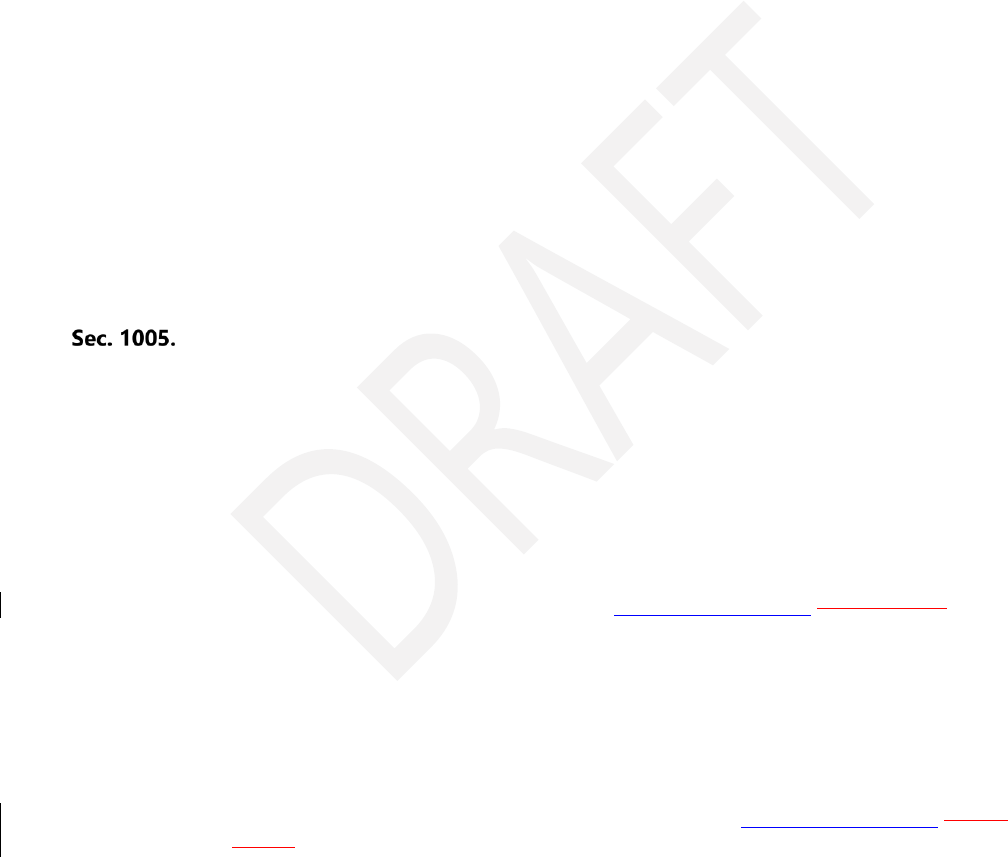
Article 10. Erosion Control and Stormwater Management Page 10-7
construction or maintenance projects of GDOT, GHA, or SRTA which disturb one or more
contiguous acres of land shall be subject to provisions of O.C.G.A. § 12-7-7.1; except
where the GDOT, the GHA, or the SRTA is a secondary permittee for a project located
within a larger common plan of development or sale under the state general permit, in
which case a copy of a NOI under the state general permit shall be submitted to the local
issuing authority, and the local issuing authority shall enforce compliance with the
minimum requirements set forth in O.C.G.A. § 12-7-6 as if a permit had been issued, and
violations shall be subject to the same penalties as violations by permit holders;
(j) Any land-disturbing activities conducted by any electric membership corporation or
municipal electrical system or any public utility under the regulatory jurisdiction of the
public service commission, any utility under the regulatory jurisdiction of the Federal
Energy Regulatory Commission, any cable television system as defined in O.C.G.A. § 36-
18-1, or any agency or instrumentality of the United States engaged in the generation,
transmission, or distribution of power; except where an electric membership corporation
or municipal electrical system or any public utility under the regulatory jurisdiction of the
public service commission, any utility under the regulatory jurisdiction of the Federal
Energy Regulatory Commission, any cable television system as defined in O.C.G.A. § 36-
18-1, or any agency or instrumentality of the United States engaged in the generation,
transmission, or distribution of power is a secondary permittee for a project located
within a larger common plan of development or sale under the state general permit, in
which case the local issuing authority shall enforce compliance with the minimum
requirements set forth in O.C.G.A. § 12-7-6 as if a permit had been issued, and violations
shall be subject to the same penalties as violations by permit holders; and
(k) Any public water system reservoir.
Minimum Requirements for Erosion, Sedimentation and Pollution Control
Using Best Management Practices.
1005.01 General Provisions.
Excessive soil erosion and resulting sedimentation can take place during land-disturbing
activities if requirements of the article and the NPDES general permit are not met. Therefore,
plans for those land-disturbing activities which are not exempted by this article shall contain
provisions for application of soil erosion, sedimentation and pollution control measures and
practices. The provisions shall be incorporated into the erosion, sedimentation and pollution
control plans. Soil erosion, sedimentation and pollution control measures and practices shall
conform to the minimum requirements of Sections 1005.02 and 1005.03 4-94(b) and (c) of this
article. The application of measures and practices shall apply to all features of the site, including
street and utility installations, drainage facilities and other temporary and permanent
improvements. Measures shall be installed to prevent or control erosion, sedimentation and
pollution during all stages of any land-disturbing activity in accordance with requirements of
this article and the NPDES general permit.
1005.02 Minimum Requirements/BMPs.
(a) Best management practices (BMPs) as set forth in Sections 1005.02 and 1005.03 4-94(b)
and (c) of this article shall be required for all land-disturbing activities. Proper design,
installation, and maintenance of BMPs shall constitute a complete defense to any action
by the director or to any other allegation of noncompliance with paragraph (b) of this
subsection or any substantially similar terms contained in a permit for the discharge of
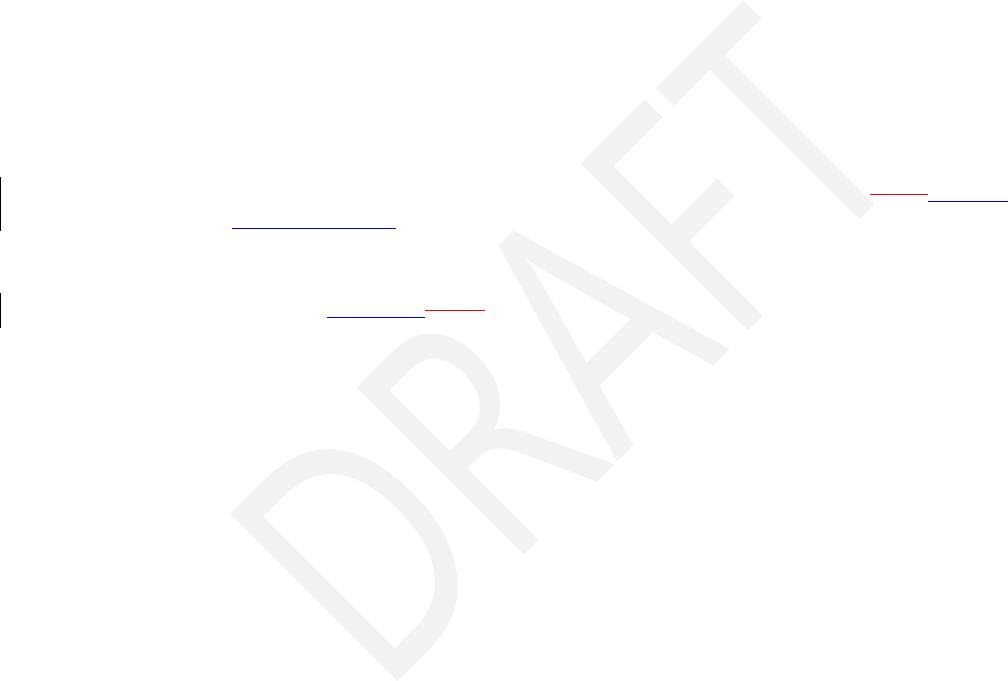
Article 10. Erosion Control and Stormwater Management Page 10-8
storm water issued pursuant to O.C.G.A. § 12-5-30(f), the "Georgia Water Quality Control
Act". As used in this subsection, the terms "proper design" and "properly designed" mean
designed in accordance with the hydraulic design specifications contained in the "Manual
for Erosion and Sediment Control in Georgia" specified in O.C.G.A. § 12-7-6(b).
(b) A discharge of storm water runoff from disturbed areas where BMPs have not been
properly designed, installed, and maintained shall constitute a separate violation of any
land-disturbing permit issued by a local issuing authority or of any state general permit
issued by the division pursuant to O.C.G.A. § 12-5-30(f), the "Georgia Water Quality
Control Act", for each day on which such discharge results in the turbidity of receiving
waters being increased by more than 25 nephelometric turbidity units for waters
supporting warm water. The turbidity of the receiving waters shall be measured in
accordance with guidelines to be issued by the director. This paragraph shall not apply
to any land disturbance associated with the construction of single family homes which
are not part of a larger common plan of development or sale unless the planned
disturbance for such construction is equal to or greater than five acres.
(c) Failure to properly design, install, or maintain BMPs shall constitute a violation of any
land-disturbing permit issued by a local issuing authority or of any state general permit
issued by the division pursuant to O.C.G.A. § 12-5-30(f), the "Georgia Water Quality
Control Act", for each day on which such failure occurs.
(d) The director may require, in accordance with regulations adopted by the board Board of
Natural Resources, reasonable and prudent monitoring of the turbidity level of receiving
waters into which discharges from land disturbing activities occur.
(e) The local issuing authority may set more stringent buffer requirements than stated in
subsection 1005.03(o) (c)(15), in light of O.C.G.A. § 12-7-6(c).
1005.03 Required Protections.
The rules and regulations, ordinances, or resolutions adopted pursuant to O.C.G.A. § 12-7-1 et
seq. for the purpose of governing land-disturbing activities shall require, as a minimum,
protections at least as stringent as the state general permit; and BMPs, including sound
conservation and engineering practices to prevent and minimize erosion and resultant
sedimentation, which are consistent with, and no less stringent than, those practices contained
in the Manual for Erosion and Sediment Control in Georgia published by the Georgia Soil and
Water Conservation Commission as of January 1 of the year in which the land-disturbing activity
was permitted, as well as the following:
(a) Stripping of vegetation, regrading and other development activities shall be conducted
in a manner so as to minimize erosion;
(b) Cut-fill operations must be kept to a minimum;
(c) Development plans must conform to topography and soil type so as to create the lowest
practical erosion potential;
(d) Whenever feasible, natural vegetation shall be retained, protected and supplemented;
(e) The disturbed area and the duration of exposure to erosive elements shall be kept to a
practicable minimum;
(f) Disturbed soil shall be stabilized as quickly as practicable;
(g) Temporary vegetation or mulching shall be employed to protect exposed critical areas
during development;

Article 10. Erosion Control and Stormwater Management Page 10-9
(h) Permanent vegetation and structural erosion control practices shall be installed as soon
as practicable;
(i) To the extent necessary, sediment in runoff water must be trapped by the use of debris
basins, sediment basins, silt traps, or similar measures until the disturbed area is
stabilized. As used in this paragraph, a disturbed area is stabilized when it is brought to
a condition of continuous compliance with the requirements of O.C.G.A. § 12-7-1 et seq.;
(j) Adequate provisions must be provided to minimize damage from surface water to the
cut face of excavations or the sloping surfaces of fills;
(k) Cuts and fills may not endanger adjoining property;
(l) Fills may not encroach upon natural watercourses or constructed channels in a manner
so as to adversely affect other property owners;
(m) Grading equipment must cross flowing streams by means of bridges or culverts except
when such methods are not feasible, provided, in any case, that such crossings are kept
to a minimum;
(n) Land-disturbing activity plans for erosion, sedimentation and pollution control shall
include provisions for treatment or control of any source of sediments and adequate
sedimentation control facilities to retain sediments on-site or preclude sedimentation of
adjacent waters beyond the levels specified in Section 1005.02(b) 4-94(b)(2) of this article;
(o) There is established a 25-foot buffer along the banks of all state waters, as measured
horizontally from the point where vegetation has been wrested by normal stream flow or
wave action, except where the director determines to allow a variance that is at least as
protective of natural resources and the environment, where otherwise allowed by the
director pursuant to O.C.G.A. § 12-2-8, where a drainage structure or a roadway drainage
structure must be constructed, provided that adequate erosion control measures are
incorporated in the project plans and specifications, and are implemented; or along any
ephemeral stream. As used in this provision, the term "ephemeral stream" means a stream
that under normal circumstances has water flowing only during and for a short duration
after precipitation events; that has the channel located above the ground-water table
year round; for which ground water is not a source of water; and for which runoff from
precipitation is the primary source of water flow. Unless exempted as along an ephemeral
stream, the buffers of at least 25 feet established pursuant to O.C.G.A. Part 6 of Article 5,
Chapter 5 of Title 12, the "Georgia Water Quality Control Act", shall remain in force unless
a variance is granted by the director as provided in this paragraph. The following
requirements shall apply to any such buffer:
(1) No land-disturbing activities shall be conducted within a buffer and a buffer shall
remain in its natural, undisturbed state of vegetation until all land-disturbing activities
on the construction site are completed. Once the final stabilization of the site is
achieved, a buffer may be thinned or trimmed of vegetation as long as a protective
vegetative cover remains to protect water quality and aquatic habitat and a natural
canopy is left in sufficient quantity to keep shade on the stream bed; provided,
however, that any person constructing a single-family residence, when such residence
is constructed by or under contract with the owner for his or her own occupancy, may
thin or trim vegetation in a buffer at any time as long as protective vegetative cover
remains to protect water quality and aquatic habitat and a natural canopy is left in
sufficient quantity to keep shade on the stream bed; and
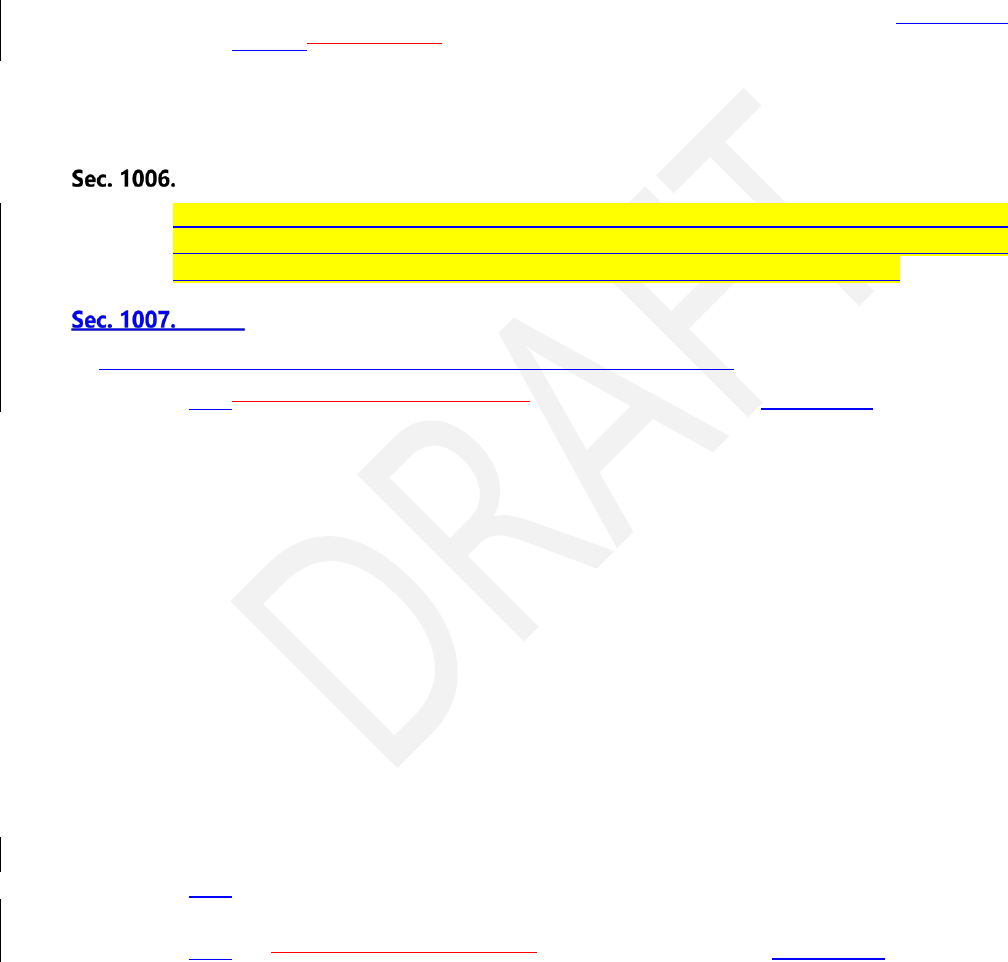
Article 10. Erosion Control and Stormwater Management Page 10-10
(2) The buffer shall not apply to the following land-disturbing activities, provided that
they occur at an angle, as measured from the point of crossing, within 25 degrees of
perpendicular to the stream; cause a width of disturbance of not more than 50 feet
within the buffer; and adequate erosion control measures are incorporated into the
project plans and specifications and are implemented:
a. Stream crossings for water lines; or
b. Stream crossings for sewer lines; and
(p) Nothing contained in O.C.G.A. § 12-7-1 et seq. shall prevent any local issuing authority
from adopting rules and regulations, ordinances, or resolutions which contain stream
buffer requirements that exceed the minimum requirements in section 1005.02 and
1005.03 4-94(b) and (c) of this article.
(q) The fact that land-disturbing activity for which a permit has been issued results in injury
to the property of another shall neither constitute proof of nor create a presumption of
a violation of the standards provided for in this article or the terms of the permit.
Application and Permitting Process.
Consideration of the effects of soil erosion, sedimentation and pollution the issuance of permits,
approval of rezoning requests and review of subdivision plans is found under the “Other
Permits” Division of Article 11 (Procedures and Permits) of this Development Code.
Inspection and Enforcement.
1007.01 Inspection and Enforcement Responsibilities and Processes.
(a) The Harris County Department of Community Development Department will periodically
inspect the sites of land-disturbing activities for which permits have been issued to
determine if the activities are being conducted in accordance with the plan and if the
measures required in the plan are effective in controlling erosion, sedimentation and
pollution. Also, the local issuing authority shall regulate primary, secondary and tertiary
permittees as such terms are defined in the state general permit. Primary permittees shall
be responsible for installation and maintenance of BMPs where the primary permittee is
conducting land-disturbing activities. Secondary permittees shall be responsible for
installation and maintenance of best management practice where the secondary
permittee is conducting land-disturbing activities. Tertiary permittees shall be responsible
for installation and maintenance where the tertiary permittee is conducting land-
disturbing activities. If, through inspection, it is deemed that a person engaged in land-
disturbing activities as defined herein has failed to comply with the approved plan, with
permit conditions, or with the provisions of this article, a written notice to comply shall
be served upon that person. The notice shall set forth the measures necessary to achieve
compliance and shall state the time within which such measures must be completed. If
the person engaged in the land-disturbing activity fails to comply within the time
specified, he shall be deemed in violation of this article.
(b) The local issuing authority must amend its ordinances to the extent appropriate within
12 months of any amendments to the Erosion and Sedimentation Act of 1975.
(c) The Harris County Department of Community Development Department shall have the
power to conduct such investigations as it may reasonably deem necessary to carry out
duties as prescribed in this article, and for this purpose to enter at reasonable times upon
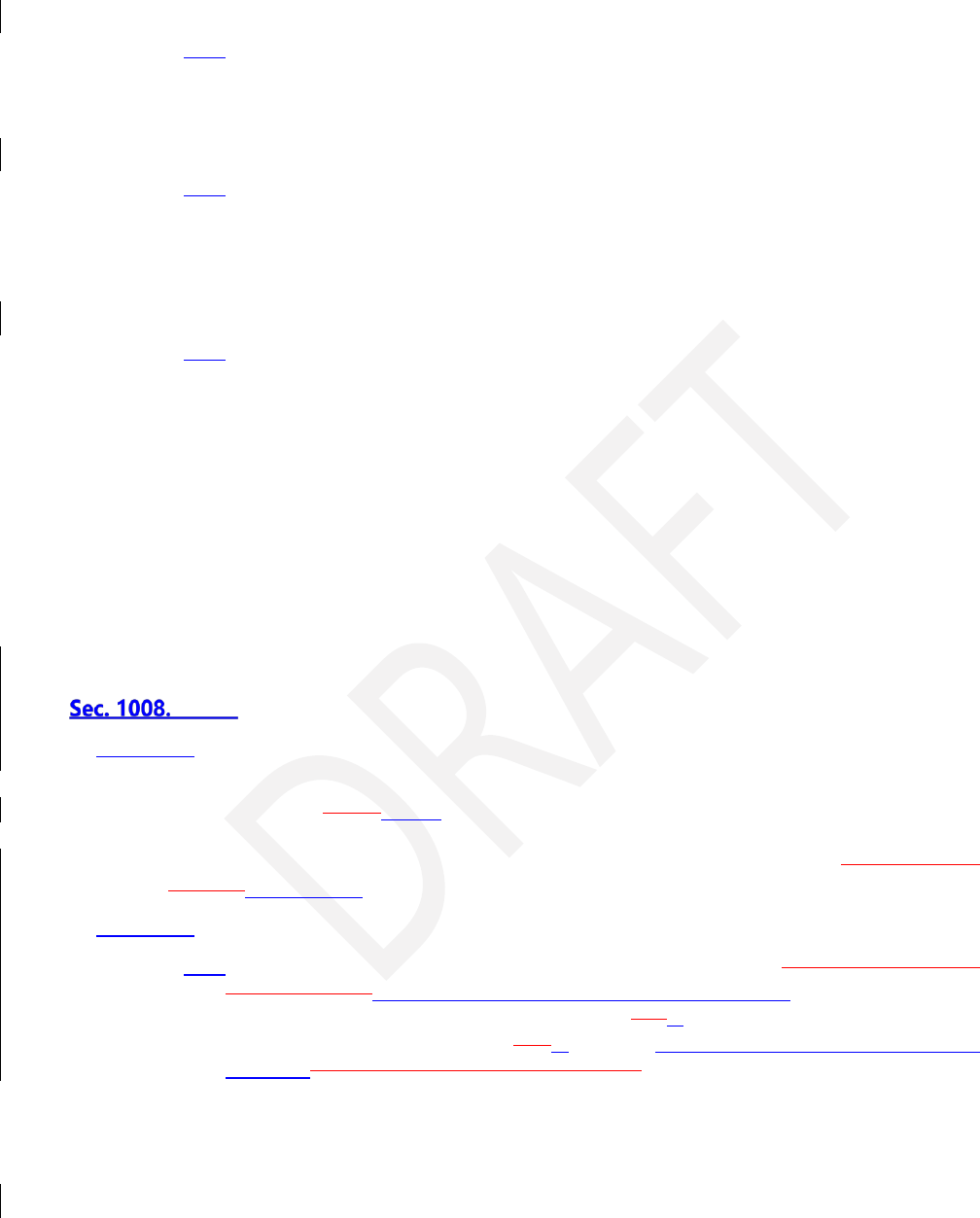
Article 10. Erosion Control and Stormwater Management Page 10-11
any property, public or private, for the purpose of investigation and inspecting the sites
of land-disturbing activities.
(d) No person shall refuse entry or access to any authorized representative or agent of the
local issuing authority, the commission, the district, or division who requests entry for the
purposes of inspection, and who presents appropriate credentials, nor shall any person
obstruct, hamper or interfere with any such representative while in the process of carrying
out his official duties.
(e) The district or the commission or both shall semi-annually review the actions of counties
which have been certified as local issuing authorities pursuant to O.C.G.A. § 12-7-8(a). The
district or the commission or both may provide technical assistance to any county for the
purpose of improving the effectiveness of the county's erosion, sedimentation and
pollution control program. The district or the commission shall notify the division and
request investigation by the division if any deficient or ineffective local program is found.
(f) The division may periodically review the actions of counties which have been certified as
local issuing authorities pursuant to O.C.G.A. § 12-7-8(a). Such review may include, but
shall not be limited to, review of the administration and enforcement of a governing
authority's ordinance and review of conformance with an agreement, if any, between the
district and the governing authority. If such review indicates that the governing authority
of any county certified pursuant to O.C.G.A. § 12-7-8(a) has not administered or enforced
its ordinances or has not conducted the program in accordance with any agreement
entered into pursuant to O.C.G.A. § 12-7-7(e), the division shall notify the governing
authority of the county in writing. The governing authority of any county so notified shall
have 90 days within which to take the necessary corrective action to retain certification
as a local issuing authority. If the county does not take necessary corrective action within
90 days after notification by the division, the division shall revoke the certification of the
county as a local issuing authority.
Penalties and Incentives.
1008.01 Failure to Obtain a Permit for Land-Disturbing Activity.
If any person commences any land-disturbing activity requiring a land-disturbing permit as
prescribed in this article Article without first obtaining said permit, the person shall be subject
to revocation of his business license, work permit or other authorization for the conduct of a
business and associated work activities within the jurisdictional boundaries of the local issuing
authorityHarris County.
1008.02 Stop-Work Orders.
(a) For the first and second violations of the provisions of this article, the director or the local
issuing authorityCommunity Development Director or designee shall issue a written
warning to the violator. The violator shall have five 5 days to correct the violation. If the
violation is not corrected within five 5 days, the Community Development Director or
designee director or the local issuing authority shall issue a stop-work order requiring
that land-disturbing activities be stopped until necessary corrective action or mitigation
has occurred; provided, however, that if the violation presents an imminent threat to
public health or waters of the state or if the land-disturbing activities are conducted
without obtaining the necessary permit, the director or the local issuing authority shall
issue an immediate stop-work order in lieu of a warning;
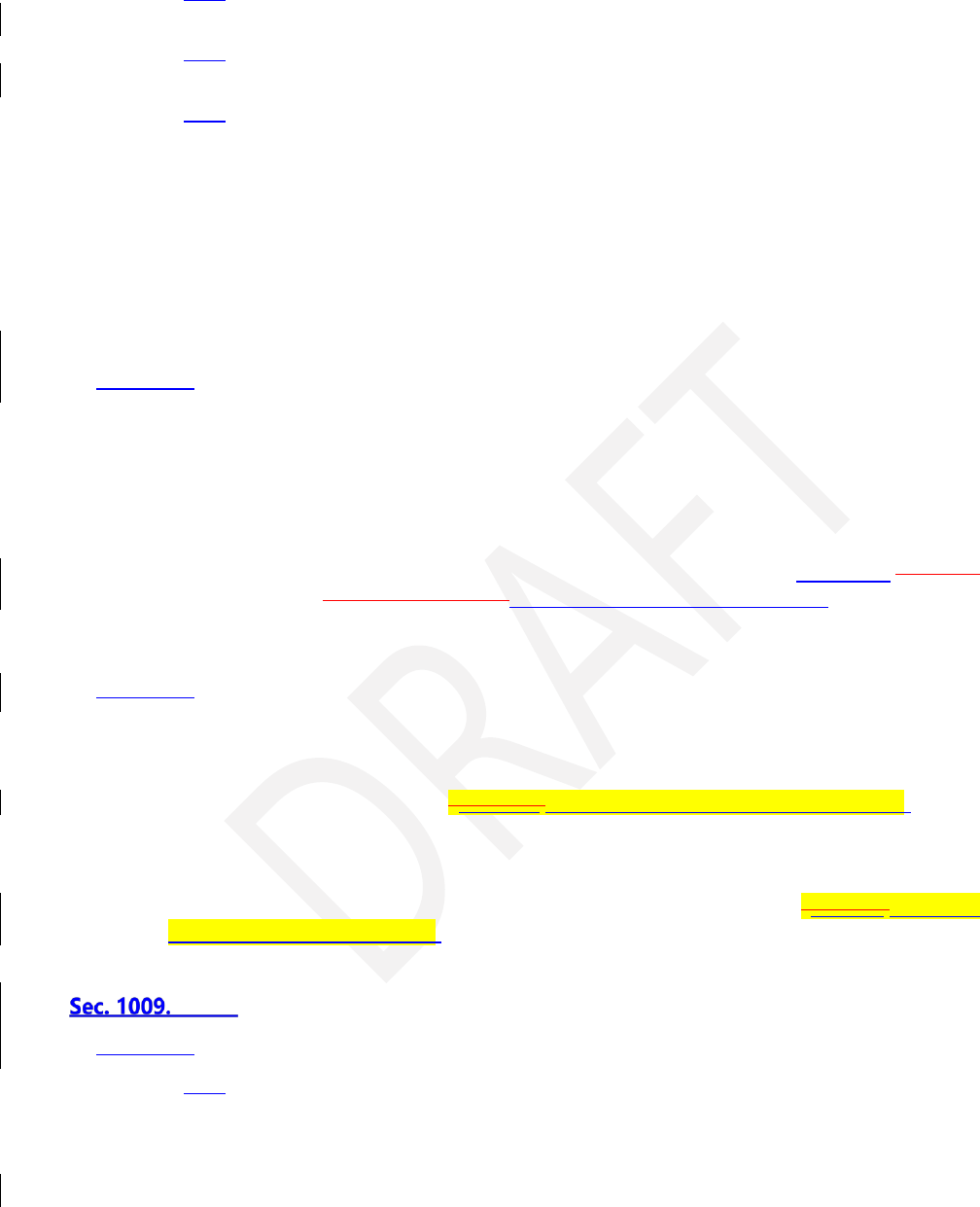
Article 10. Erosion Control and Stormwater Management Page 10-12
(b) For a third and each subsequent violation, the director or the local issuing authority shall
issue an immediate stop-work order; and;
(c) All stop-work orders shall be effective immediately upon issuance and shall be in effect
until the necessary corrective action or mitigation has occurred.
(d) When a violation in the form of taking action without a permit, failure to maintain a
stream buffer, or significant amounts of sediment, as determined by the local issuing
authority or by the director or his or her designee, have been or are being discharged
into state waters and where BMPs have not been properly designed, installed, and
maintained, a stop work order shall be issued by the local issuing authority or by the
director or his or her designee. All such stop-work orders shall be effective immediately
upon issuance and shall be in effect until the necessary corrective action or mitigation
has occurred. Such stop-work orders shall apply to all land-disturbing activity on the site
with the exception of the installation and maintenance of temporary or permanent
erosion, sedimentation and pollution controls.
1008.03 Bond Forfeiture.
If, through inspection, it is determined that a person engaged in land-disturbing activities has
failed to comply with the approved plan, a written notice to comply shall be served upon that
person. The notice shall set forth the measures necessary to achieve compliance with the plan
and shall state the time within which such measures must be completed. If the person engaged
in the land-disturbing activity fails to comply within the time specified, he shall be deemed in
violation of this article and, in addition to other penalties, shall be deemed to have forfeited his
performance bond, if required to post one under the provisions of Section 1006.02(g) 4-95(b)(7)
of this article. The local issuing authorityBoard of Commissioners or designee may call the bond
or any part thereof to be forfeited and may use the proceeds to hire a contractor to stabilize the
site of the land-disturbing activity and bring it into compliance.
1008.04 Monetary penalties
Any person who violates any provisions of this article, or any permit condition of limitation
established pursuant to this article, or who negligently or intentionally fails or refuses to comply
with any final or emergency order of the director issued as provided in this article shall be liable
for a civil penalty not to exceed $__________ the dollar amount approved by DNR/EPD per day.
Notwithstanding any limitation of law as to penalties which can be assessed for violations of
county ordinances, any magistrate court or any other court of competent jurisdiction trying
cases brought as violations of this article under county ordinances approved under this article
shall be authorized to impose penalties for such violations not to exceed $_________ -the dollar
amount approved by DNR/EPD for each violation. Each day during which violation or failure or
refusal to comply continues shall be a separate violation.
Education and Certification.
1009.01 Education and Certification Requirements.
(a) Persons involved in land development design, review, permitting, construction,
monitoring, or inspection or any land-disturbing activity shall meet the education and
training certification requirements, depending on their level of involvement with the
process, as developed by the commission in consultation with the division and the
Stakeholder Advisory Board created pursuant to O.C.G.A. § 12-7-20.

Article 10. Erosion Control and Stormwater Management Page 10-13
(b) For each site on which land-disturbing activity occurs, each entity or person acting as
either a primary, secondary, or tertiary permittee, as defined in the state general permit,
shall have as a minimum one person who is in responsible charge of erosion,
sedimentation and pollution control activities on behalf of said entity or person and
meets the applicable education or training certification requirements developed by the
commission present on site whenever land-disturbing activities are conducted on that
site. A project site shall herein be defined as any land-disturbing site or multiple site
within a larger common plan of development or sale permitted by an owner or operator
for compliance with the state general permit.
(c) Persons or entities involved in projects not requiring a state general permit but otherwise
requiring certified personnel on site may contract with certified persons to meet the
requirements of this article.
(d) If a state general permittee who has operational control of land-disturbing activities for
a site has met the certification requirements of O.C.G.A. § 12-7-19(b)(1), then any person
or entity involved in land-disturbing activity at that site and operating in a subcontractor
capacity for such permittee shall meet those educational requirements specified in
O.C.G.A. § 12-7-19(b)(4) and shall not be required to meet any educational requirements
that exceed those specified in said paragraph.
Administrative Appeal Judicial Review.
1010.01 Administrative Remedies.
The suspension, revocation, modification or grant with condition of a permit by the local issuing
authority Community Development Department, upon finding that the holder is not in
compliance with the approved erosion, sedimentation and pollution control plan; or that the
holder is in violation of permit conditions; or that the holder is in violation of any ordinance;
shall entitle the person submitting the plan or holding the permit to appeal this administrative
decision to hearing before the Harris County Board of Commissioners within 30 days after
receipt by the local issuing authority of written notice of appeal.
1010.02 Judicial ReviewAdministrative Appeal.
Any person, aggrieved by a decision or order of the local issuing authority after exhausting his
administrative remedies, shall have the right to appeal de novo to the Superior Court of Harris
County in accordance with the “Appeals” Division of Article 11 (Procedures and Permits).
Liability.
1011.01 Liability Standards.
(a) Neither the approval of a plan under the provisions of this article, nor the compliance
with provisions of this article shall relieve any person from the responsibility for damage
to any person or property otherwise imposed by law nor impose any liability upon the
local issuing authority or district for damage to any person or property.
(b) The fact that a land-disturbing activity for which a permit has been issued results in injury
to the property of another shall neither constitute proof of nor create a presumption of
a violation of the standards provided for in this article or the terms of the permit.
(c) No provision of this article shall permit any persons to violate the Georgia Erosion and
Sedimentation Act of 1975, the Georgia Water Quality Control Act or the rule and
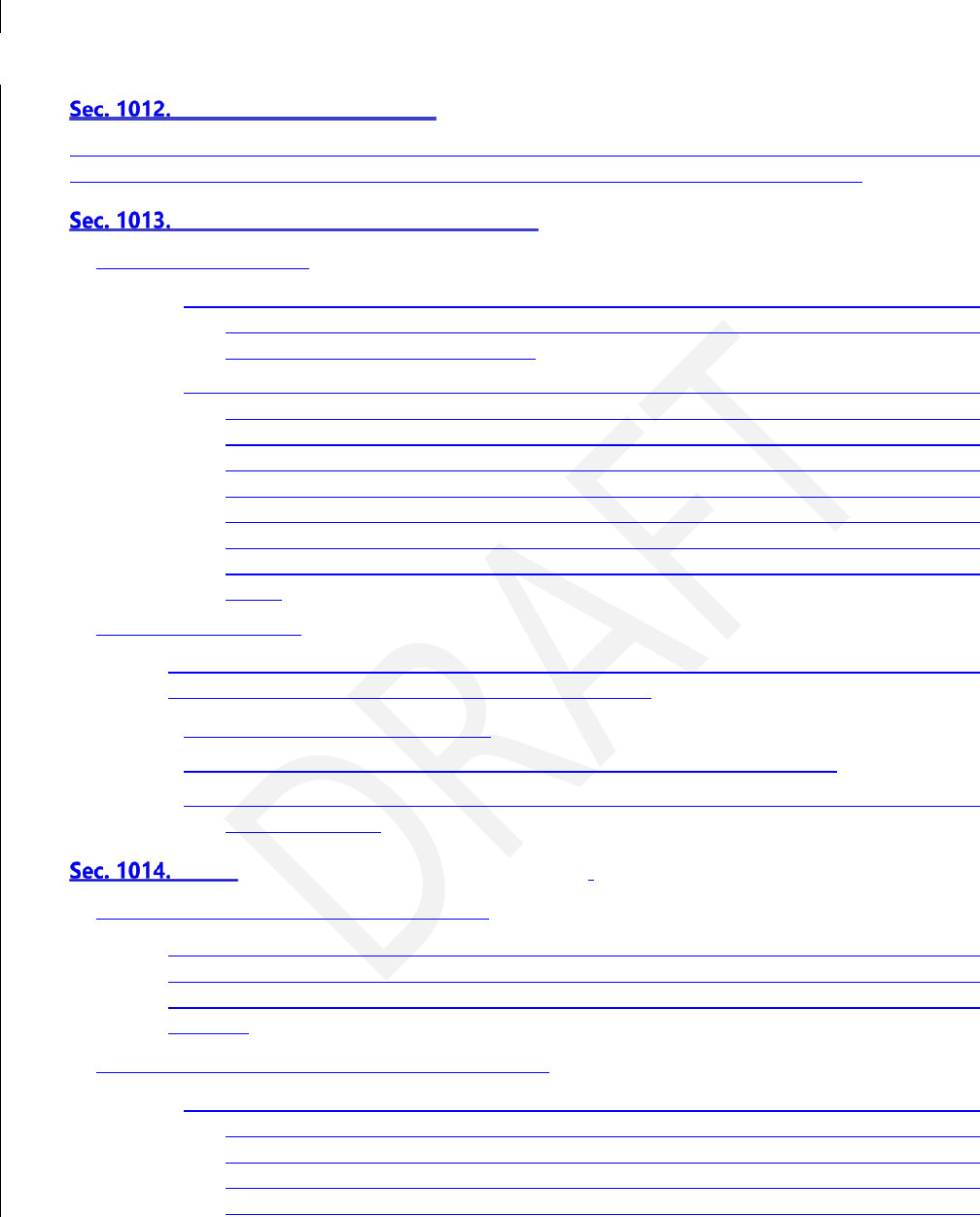
Article 10. Erosion Control and Stormwater Management Page 10-14
regulations promulgated and approved thereunder or pollute any waters of the state as
defined thereby.
DIVISION 2. STORMWATER MANAGEMENT.
Purpose and Intent.
This division provides requirements for application of stormwater management measures to new
developments and maintenance of existing stormwater management measures and facilities.
Applicability and Exemptions.
1013.01 Applicability.
(a) An adequate drainage system, designed in accordance with this section, including
necessary ditches, pipes, culverts, drains, inlets, bridges, etc., shall be provided for the
proper drainage of all surface water.
(b) All persons proposing development or construction in the county shall prepare a
stormwater management plan. The stormwater management plan shall address the
requirements of this section, and the on-site drainage including lot-to-lot drainage and
off-site impacts. The stormwater management plan shall also meet the minimum
standards of the current edition of the "Georgia Stormwater Management Manual." No
final subdivision plat shall be approved and no development or building permit shall be
issued until and unless the stormwater management plan has been reviewed and
approved by the Community Development Department Director, except as exempt
below.
1013.02 Exemptions.
The following development activities are exempt from the provisions of this section and the
requirement to provide a stormwater management plan:
(a) Agricultural land management.
(b) Additions or modifications to existing single-family detached dwellings.
(c) New construction of single-family detached dwellings on lots that are not included in a
major subdivision.
Stormwater Management Facilities.
1014.01 Development Plan Requirements.
All development plans shall require a hydrology study certified by a registered design
professional. If detention has been waived or provided in a previous phase or unit of
development then a letter from the design professional with supporting documents shall be
provided.
1014.02 Standards for Stormwater Management.
(a) All stormwater detention facilities shall be designed to detain the 1-year storm runoff, for
the area draining to the pond, for 24 hours. For the project, this volume, called the
channel protection volume, shall be equal to or greater than the 1-year storm runoff
volume from the project. In addition, these facilities shall control the peak flow rates
associated with storms having 2-year, 5-year, 10-year, and 25-year return frequencies so
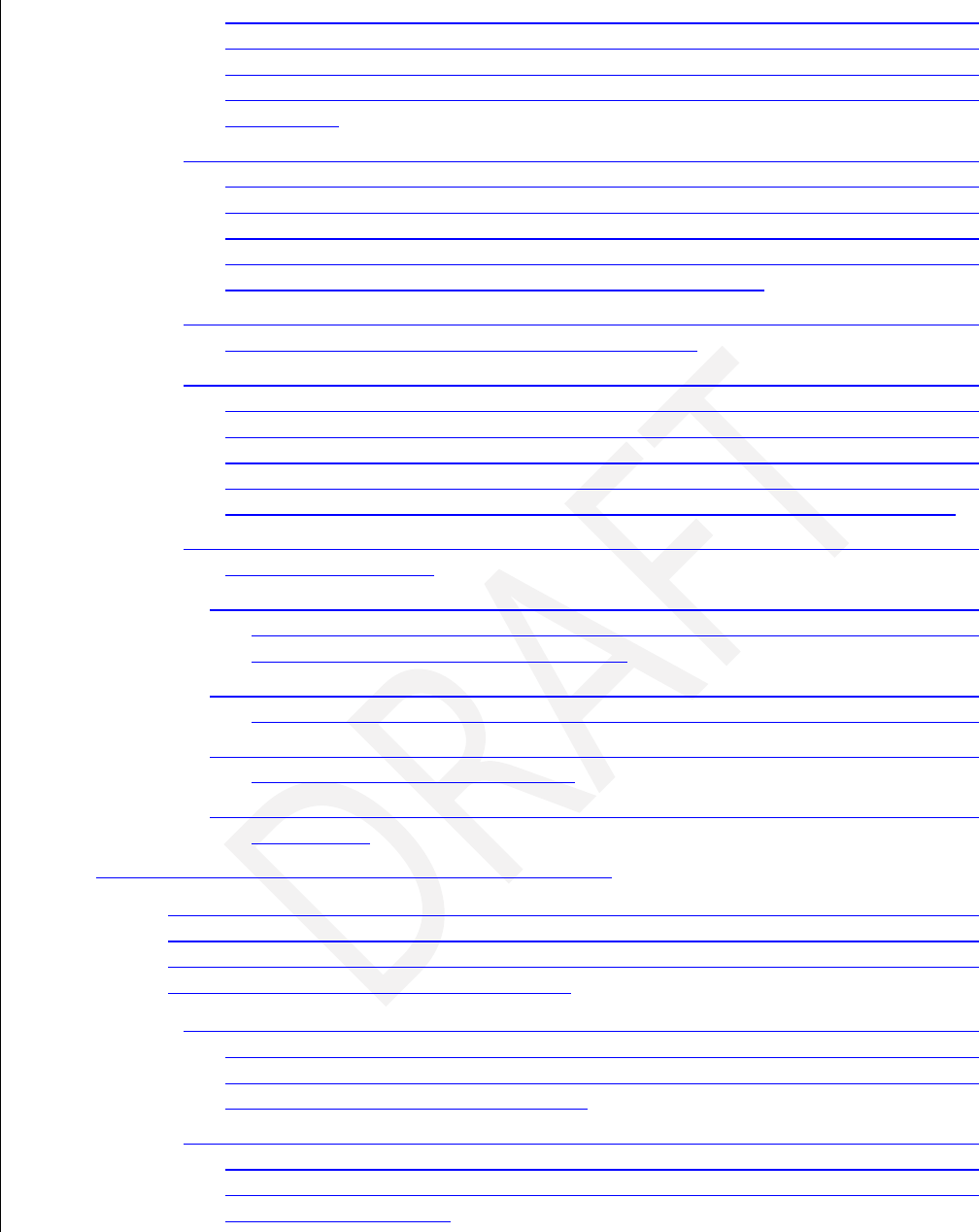
Article 10. Erosion Control and Stormwater Management Page 10-15
that flows from the developed site do not exceed those associated with predevelopment
conditions at the project boundary nor increase the peak flows downstream from the
project to the point in the drainage basin where the project area is 10% of the total basin.
Where adverse impacts occur during the 100-year storm, the 100-year storm shall also
be regulated.
(b) To eliminate detention facilities for stormwater, a registered design professional shall
evaluate the basin utilizing the ten percent rule as defined in the current edition of the
"Georgia Stormwater Management Manual." The design professional shall demonstrate
that post-developed peak flows at the ten percent point of analysis are not increased for
all storm events up to and including the 25-year storm. Where adverse effects occur for
the 100-year storm, the 100-year storm shall also be regulated.
(c) Non-detained, post development runoff shall leave the project site as sheet flow and will
not have an adverse impact on downstream properties.
(d) As part of the hydrological study, the design professional shall complete a downstream
analysis in accordance with the current edition of the "Georgia Stormwater Management
Manual." Consideration shall be given to the flow capacity of downstream drainage
structures from the property line up to and including the 10% point of analysis. If the
downstream system is inadequate, the developer is required to either improve the
downstream drainage structure or provide additional storage in the detention facility.
(e) In approved cases, damming a natural basin with minimal clearing may provide the
detention. In such cases:
(1) The required discharge structure opening must be large enough to prevent stoppage
from leaves and other debris naturally occurring. Also, the volume should be adequate
to account for natural growth of vegetation.
(2) Documentation shall be provided for the natural drainage way that it is not
jurisdictional state waters or for an approved Georgia EPD Buffer Variance Application.
(3) Documentation shall also be provided showing compliance with the Clean Water Act
Section 404, permitting requirements.
(4) Fencing of natural ponds shall be considered by the Public Works Director on a case-
by-case basis.
1014.03 Stormwater Detention Facility Location Criteria.
For purposes of these regulations, a detention facility shall be deemed to consist of the area
within the maximum design ponding limits, the dam (if one) including all embankment slopes
and wall footings (if applicable), primary and emergency outlet works, any drainage and access
easements, and any energy dissipation devices.
(a) In residential subdivisions, any required retention and/or detention areas shall be
incorporated into the common areas of the residential development or incorporated into
an individually platted parcel, which the homeowners association shall be responsible for
its maintenance and continuing operation.
(b) In nonresidential subdivisions, the detention facility may be located on a separate lot and
owned by a property owners' association, which shall be responsible for its maintenance
and continuing operation; or located on each lot within the subdivision and constructed
when the lot is developed.
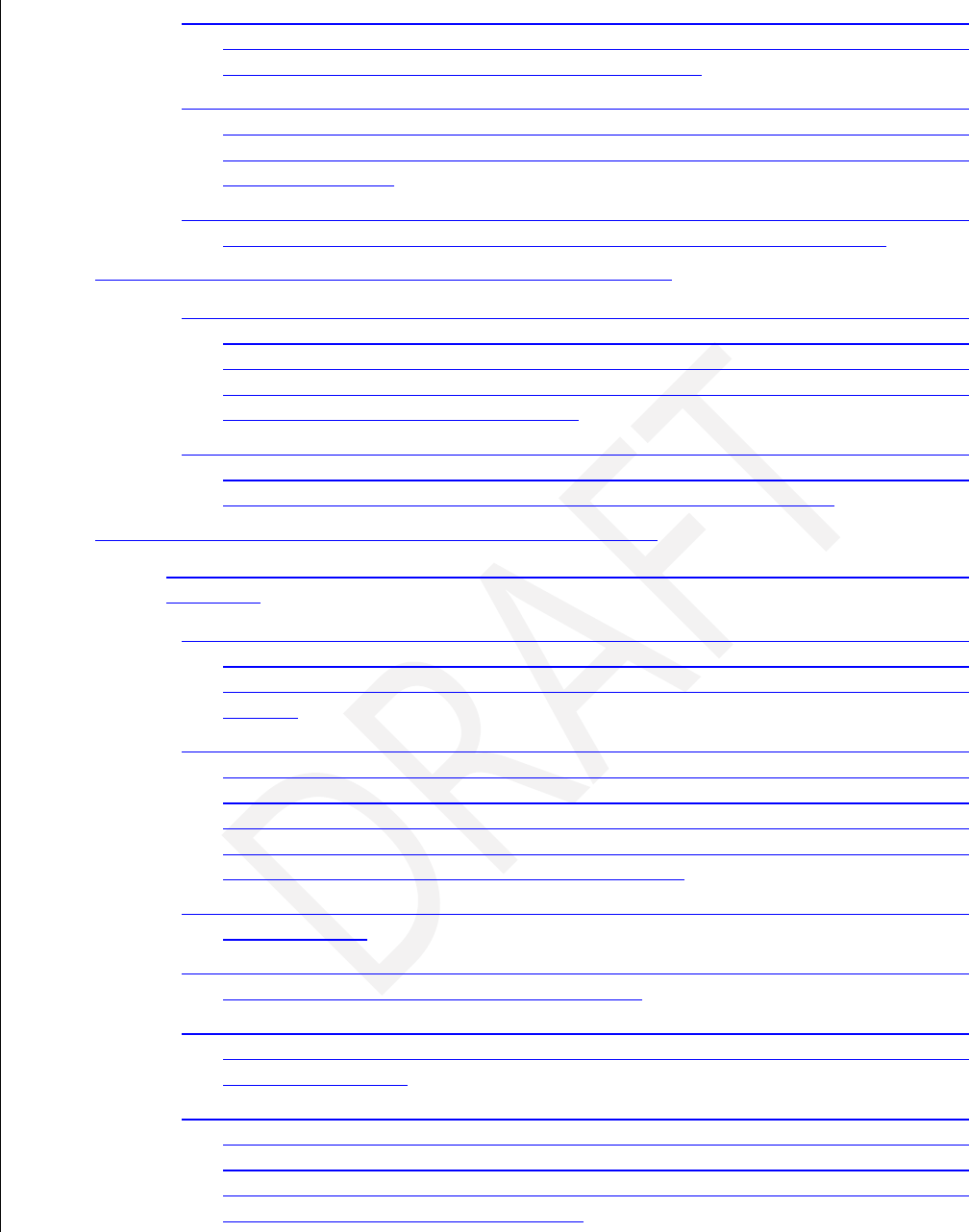
Article 10. Erosion Control and Stormwater Management Page 10-16
(c) In multi-family and nonresidential development projects, separate detention facilities
shall be provided for each development. The owner of the property shall be responsible
for maintenance and continuing operation of the facility.
(d) The county may approve stormwater detention facilities serving 2 or more developments,
provided that private ownership of the facilities and provisions for their perpetual
maintenance and continuing operation are clearly established in a manner acceptable to
the county attorney.
(e) No portion of any detention facility shall disturb any required (as opposed to voluntary)
buffer not otherwise authorized without first obtaining the required approvals.
1014.04 Stormwater Detention Facility Easement Requirements.
(a) An easement at least 25 feet in width shall be required to provide access to all detention
facilities from a public street. This easement shall be cleared, grubbed and/or graded so
that it can be utilized by rubber-tired construction vehicles. The easement shall include a
15-foot access drive graded to maximum 15% grade. Its location shall be such as to
minimize the amount of grading required.
(b) Every normally dry detention basin or detention facility shall be completely enclosed
within a drainage easement. The drainage easement shall extend at least 10 feet beyond
the limits of the detention facility and related facilities including fencing.
1014.05 Stormwater Detention Facility Design Considerations.
Permanent detention facilities, when required, shall be designed so that the following standards
shall apply:
(a) The location and size of all proposed stormwater improvements shall be designed in
accordance with and meet all standards relating to stormwater management of this
Development Code and the current edition of the "Georgia Stormwater Management
Manual."
(b) Stormwater detention facilities providing for the storage and controlled release of runoff
shall be required for any development activity that will increase the peak rate of discharge
by 1 cubic foot per second or more for the 10-year frequency storm at any point of
discharge from the property. All stormwater detention facilities shall be designed to
control the runoff volumes associated with storms having 2-year, 5-year, 10-year and 25-
year frequencies and safe overflow for 100-year storm.
(c) The structure shall be constructed such that trash and pollutants are prevented from
exiting the pond.
(d) The reservoir routing method or an equivalent method shall be used in sizing detention
ponds. (The bowstring method is not acceptable.)
(e) An emergency overflow device (which does not include the throttling device) for a
detention pond shall be designed to pass the 100-year peak developed inflow without
overtopping the dam.
(f) Pond discharge locations shall be in defined drainage ditches. The developer's engineer
shall include in the hydrology study a discussion of existing conditions downstream of
the detention pond and an explanation of how downstream property owners will not be
adversely affected by the "concentrated" runoff from the project boundary up to and
including the ten percent point of analysis.

Article 10. Erosion Control and Stormwater Management Page 10-17
(g) The steepest fill slopes shall be 3:1. Cut slopes shall be no steeper than 2:1.
(h) The top of the berm shall be a minimum of ten feet wide when 3:1 slopes are used.
(i) Slopes shall be stable under all conditions including maintenance.
(j) Full and living coverage of an approved permanent grass or ground cover devoid of
noxious weeds shall be provided.
(k) The bottom of the pond shall be firm enough to be maintained by mechanical means.
(l) Fences are required around the perimeter of a detention facility except as provided by
paragraph (c) of this subsection.
(1) The fence shall be commercial gauge chain link fence of 6 feet in height with a 12-
foot wide two-section gate aligned with the access easement. A 10-foot wide clear
area shall be provided outside of the fenced area.
(2) The fence shall be constructed within the drainage easement for a detention pond
and enclose the outlet piping.
(3) The Public Works Director may waive the fencing requirement if the slope of the
interior side slopes of the detention facility is no more than 3:1, and the 100-year
ponding depth is less than 4 feet.
(4) The Community Development Department may waive the fencing requirement in
commercial developments when the detention facility is located more than 500 feet
from a residential district, or in instances of unusual topography.
1014.06 Alternate Structural Stormwater Controls.
(a) All structural stormwater management facilities shall be selected and designed using the
appropriate criteria from the current edition of the "Georgia Stormwater Management
Manual." All structural stormwater controls must be designed appropriately to meet their
intended function. For other structural stormwater controls not included in the current
edition of the "Georgia Stormwater Management Manual," or for which pollutant removal
rates have not been provided, the effectiveness and pollutant removal of the structural
control must be documented through prior studies, literature reviews, or other means
and receive approval from the county before being included in the design of a stormwater
management system. In addition, if hydrologic or topographic conditions, or land use
activities warrant greater control than that provided by the minimum control
requirements, the county may impose additional requirements deemed necessary to
protect upstream and downstream properties and aquatic resources from damage due
to increased volume, frequency, and rate of stormwater runoff or increased nonpoint
source pollution loads created on the site in question.
(b) Applicants shall consult the current edition of the "Georgia Stormwater Management
Manual" for guidance on the factors that determine site design feasibility when selecting
and locating a structural stormwater control.
1014.07 Modifications for Off-Site Facilities
(a) The stormwater management plan for each land development project shall provide for
stormwater management measures located on the site of the project, unless provisions
are made to manage stormwater by an off-site or regional facility. The off-site or regional
facility must be located on property legally dedicated for the purpose, must be designed
and adequately sized to provide a level of stormwater quantity and quality control that is

Article 10. Erosion Control and Stormwater Management Page 10-18
equal to or greater than that which would be afforded by on-site practices and there
must be a legally-obligated entity responsible for long-term operation and maintenance
of the off-site or regional stormwater facility. In addition, on-site measures shall be
implemented, where necessary, to protect upstream and downstream properties and
drainage channels from the site to the off-site facility.
(b) A stormwater management plan must be submitted to the Community Development
Department that shows the adequacy of the off-site or regional facility. To be eligible for
a modification, the applicant must demonstrate to the satisfaction of the public works
department that the use of an off-site or regional facility will not result in the following
impacts to upstream or downstream areas:
(1) Increased threat of flood damage to public health, life, and property;
(2) Deterioration of existing culverts, bridges, dams, and other structures;
(3) Accelerated streambank or streambed erosion or siltation;
(4) Degradation of in-stream biological functions or habitat; or
(5) Water quality impairment in violation of state water quality standards, and/or violation
of any state of federal regulations.
Maintenance and Inspection of Stormwater Facilities and Practices.
Stormwater management facilities and practices must undergo ongoing inspections to document
maintenance and repair needs and ensure compliance with the documents approved as part of the
permitting process pertaining to those facilities/practices. If no such documents were required to be
approved when the facility/practice was installed, the facility/practice must be maintained in good working
condition.
1015.01 Responsibility for Maintenance.
A stormwater management facility or practice shall be inspected on a periodic basis by the
owner and/or operator of the subject property or other responsible person named in the
applicable stormwater management facility maintenance agreement or plan. Those facilities
which are subject to an approved maintenance agreement shall be inspected in accordance with
that agreement. In the event that the stormwater management facility has not been maintained
and/or becomes a danger to public safety or public health, the Community Development
Department may notify the person responsible for carrying out the maintenance, or the property
owner on which the facility exists, by registered or certified mail. The notice shall specify the
need to comply with the agreement, the plan or, in the absence of an agreement or approved
plan, standard maintenance practices and shall specify the time within which such measures
shall be completed. If the responsible person fails or refuses to meet the requirements of the
maintenance agreement or notice as provided herein, the stormwater department may correct
the violation as provided in subsection (e) of this section.
1015.02 Local Jurisdiction Inspection Authority.
Inspection programs by the Community Development Department may be established on any
reasonable basis, including but not limited to: routine inspections; random inspections;
inspections based upon complaints or other notice of possible violations; and joint inspections
with other agencies inspecting under environmental or safety laws. Inspections may include, but
are not limited to, reviewing maintenance and repair records; sampling discharges, surface
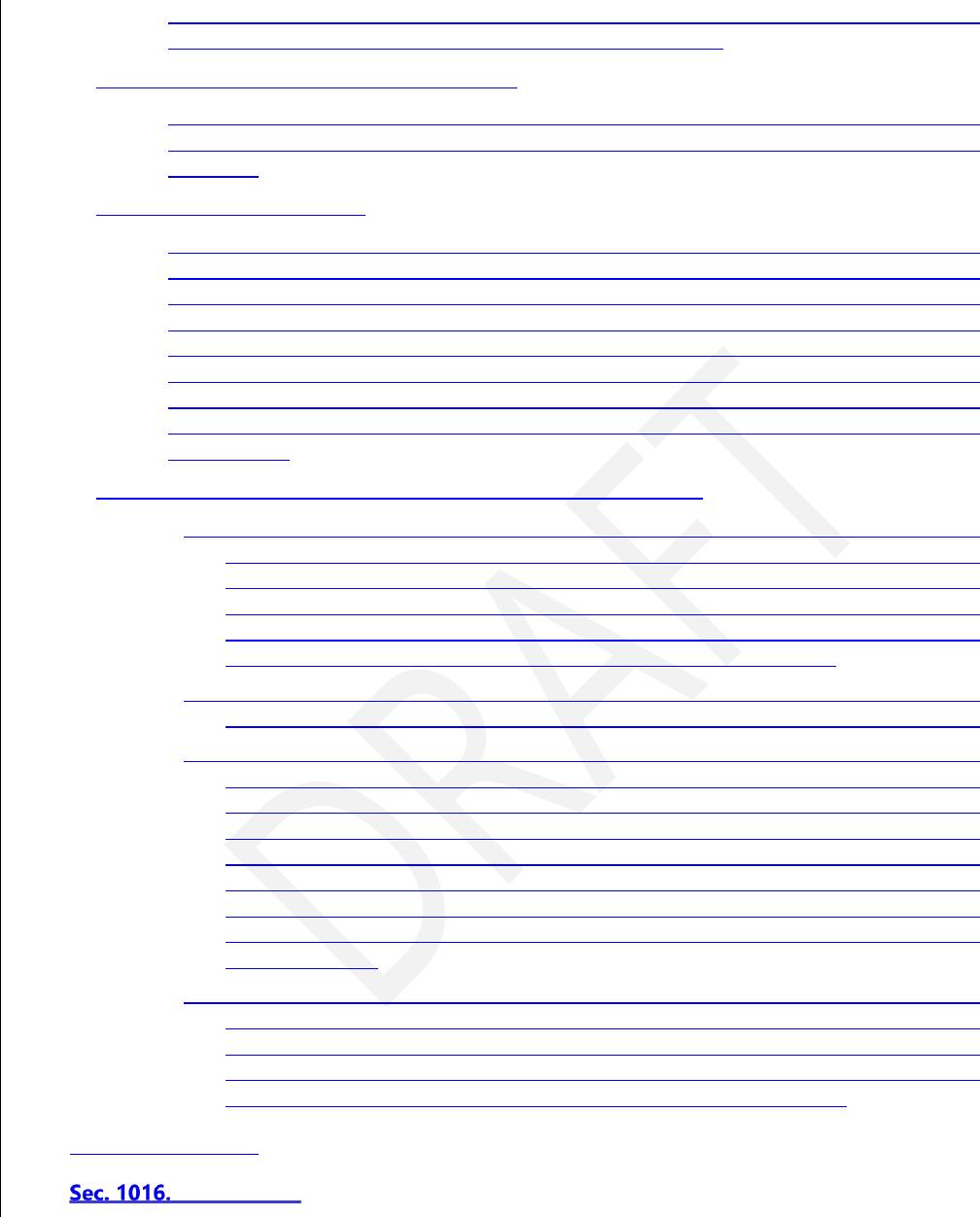
Article 10. Erosion Control and Stormwater Management Page 10-19
water, groundwater, and material or water in stormwater management facilities; and evaluating
the condition of stormwater management facilities and practices.
1015.03 Maintenance Records Requirements.
Parties responsible for the operation and maintenance of a stormwater management facility
shall provide records of all maintenance and repairs to the stormwater department when
requested.
1015.04 Failure to Maintain.
If a responsible person fails or refuses to meet the requirements of the maintenance agreement
or the standards contained herein, the Community Development Department, after 10 days'
written notice (except that, in the event the violation constitutes an immediate danger to public
health or public safety, immediate action may be taken), may correct a violation of the design
standards or maintenance requirements by performing the necessary work to place the facility
or practice in proper working condition. The Community Development Department may assess
the owner of the facility for the cost of repair work which shall be a lien on the property, and
may be placed on the ad valorem tax bill for such property and collected in the ordinary manner
for such taxes.
1015.05 Stormwater management facility maintenance agreement
(a) Prior to the issuance of any permit for a land development activity requiring a stormwater
management facility or practice hereunder and for which the County requires ongoing
maintenance, the applicant or owner of the site must, unless an on-site stormwater
management facility or practice is dedicated to and accepted by the County, execute an
inspection and maintenance agreement, and/or a conservation easement, if applicable,
that shall be binding in perpetuity on all subsequent owners of the site.
(b) The inspection and maintenance agreement, if applicable, must be approved by the
County prior to plan approval, and recorded in the deed records upon final plat approval.
(c) The inspection and maintenance agreement shall identify by name or official title the
person(s) responsible for carrying out the inspection and maintenance. Responsibility for
the operation and maintenance of the stormwater management facility or practice, unless
assumed by a governmental agency, shall remain with the property owner and shall pass
to any successor owner. If portions of the land are sold or otherwise transferred, legally
binding arrangements shall be made to pass the inspection and maintenance
responsibility to the appropriate successors in title. These arrangements shall designate
for each portion of the site, the entity to be responsible in perpetuity for its inspection
and maintenance.
(d) The terms of the maintenance agreement shall provide for the County to enter the
property at reasonable times and in a reasonable manner for the purpose of inspection.
This includes the right to enter a property when it has a reasonable basis to believe that
a violation of this article is occurring or has occurred and to enter when necessary for
abatement of a public nuisance or correction of a violation of this article.
DIVISION 3. DAMS
Dams.
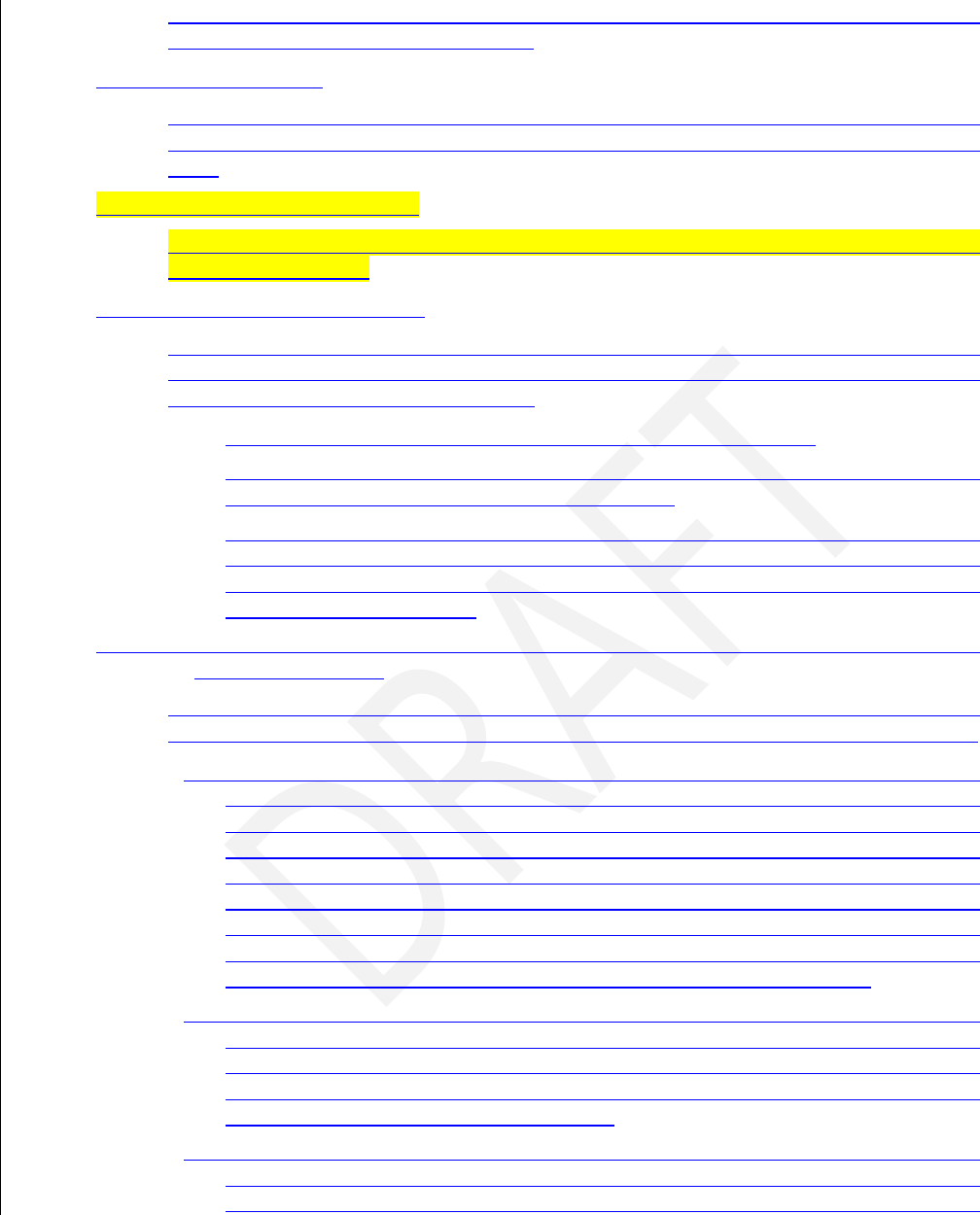
Article 10. Erosion Control and Stormwater Management Page 10-20
Any land disturbing activity that involves a property which is proposed to contain a dam shall
comply with the provisions of this Division.
1016.01 Existing Dams.
Existing dams that are located on a project site and will remain after construction is completed
shall comply with the provisions of this article and all referenced articles as if they were new
dams.
1016.02 Existing Category I Dams.
Existing Category I Dams shall meet applicable state requirements and shall comply with the
Georgia Safe Dams Act.
1016.03 Existing Category II Dams.
When an existing Category II dam may be reclassified to a Category I dam because of a proposed
development downstream of the dam, the following shall be provided by the developer for
review by the Georgia Safe Dams Program.
(a) Location of the Category II dam and the proposed development; and
(b) A surveyed cross-section of the stream valley at the location of the proposed
development including finished floor elevations; and
(c) A dam breach analysis using the Dambreak computer model to establish the height of
the flood wave in the downstream floodplain. The Dambreak modeling shall be
completed in accordance with the Safe Dams Program Quality Assurance Program by a
qualified registered engineer.
1016.04 New Dams Which Become Subject to the Requirements of the Georgia Safe Dams Act and
Rules for Dam Safety.
Dams proposed to be 25 feet or more in height or proposed to have an impounding capacity
of 100 acre-feet or more at maximum water storage elevation shall be subject to the following:
(a) The developer of any new dam in which development exists within the proposed breach
zone shall be subject to the requirements of the Georgia Safe Dams Act and Rules for
Dam Safety adopted by the Georgia Department of Natural Resources. The developer
shall obtain necessary approvals and permits from the Environmental Protection Division
of the Georgia Department of Natural Resources for the project and the dam prior to
securing a Land Disturbance Permit from the Community Development Department. The
developer of any new dam as to which development does not exist within the proposed
breach zone shall submit construction plans to Harris County for review of the project
and the dam prior to securing a Development Permit from the Department.
(b) If the developer elects to construct the new dam in accordance with the design standards
for new dams as contained in the Rules for Dam Safety, then new development shall be
permitted within the dam breach zone. However, the dam shall meet the design
standards for new dams as contained in the Rules for Dam Safety if development currently
exists or is proposed in the dam breach zone.
(c) If the developer elects not to construct the new dam to the design standards for new
dams as contained in the Rules for Dam Safety, then a dam breach analysis for the dam
shall be submit- ted along with the construction plans for review prior to securing a Land

Article 10. Erosion Control and Stormwater Management Page 10-21
Disturbance Permit from the Community Development Department. The design engineer
shall utilize the computer model entitled "DAMBRK" for the dam breach analysis.
(d) Should the new dam not meet the design standards for new dams as contained in
the Rules for Dam Safety, then only the following uses and structures shall be permitted
within the dam breach easement:
(1) Agriculture which requires no structures for human habitation within the dam breach
zone including forestry, livestock raising, and agricultural and forestry access roads.
(2) Fences.
(3) Signs in accordance with Article 7 of this Development Code.
(4) Roads, driveways and parking areas.
(5) Utility poles, towers, pipelines, water treatment outfalls and facilities, or other similar
facilities and structures.
(e) For any new dam that is proposed not to meet the design for new dams as contained in
the Rules for Dam Safety, the developer shall obtain a dam breach easement, recorded
with the Clerk of Superior Court, from any offsite property owner where it is proposed for
the dam breach zone to extend off the property where the dam is being constructed. The
developer shall also cause a dam breach easement to be recorded upon the property
being developed.
(f) Prior to recording of a Final Plat or issuance of a Certificate of Occupancy, as appropriate,
an as-built certification from a registered professional engineer shall be submitted to the
Community Development Department. The certification shall state that the dam is
constructed in accordance with the provisions of these regulations as well as the
authorized construction plans. If the project is for the development of a subdivision, the
developer shall also establish a legal entity, acceptable to Harris County, such as a
mandatory Property Owner’s Association, at time of recording of the Final Plat,
responsible for the maintenance of the dam and its impoundment.
(g) In addition to State requirements, a new dam shall be on a single of land so that it is
owned and maintained by a single owner or entity.
1016.05 New Dams Subject to Regulation by Harris County.
Dams proposed to be 9 feet or more in height, but less than 25 feet in height, in combination
with an impounding capacity proposed to be 20 acre-feet or more at maximum water storage
elevation, but less than 100 acre-feet, shall be subject to the following:
(a) If the developer elects not to construct the new dam to the design standards for new
dams as contained in the Rules for Dam Safety, then a dam breach analysis for the dam
shall be submitted with the construction plans for review and authorization prior to
securing a permit from the Community Development Department. The design engineer
shall utilize the computer model entitled "DAMBRK" for the dam breach analysis.
(b) Should the new dam not meet the design standards for new dams as contained in the
Rules for Dam Safety, then only the following uses and structures shall be permitted
within the dam breach zone:
(1) Agriculture which requires no structures for human habitation within the dam
breach zone including forestry, livestock raising, and agricultural and forestry access
roads.
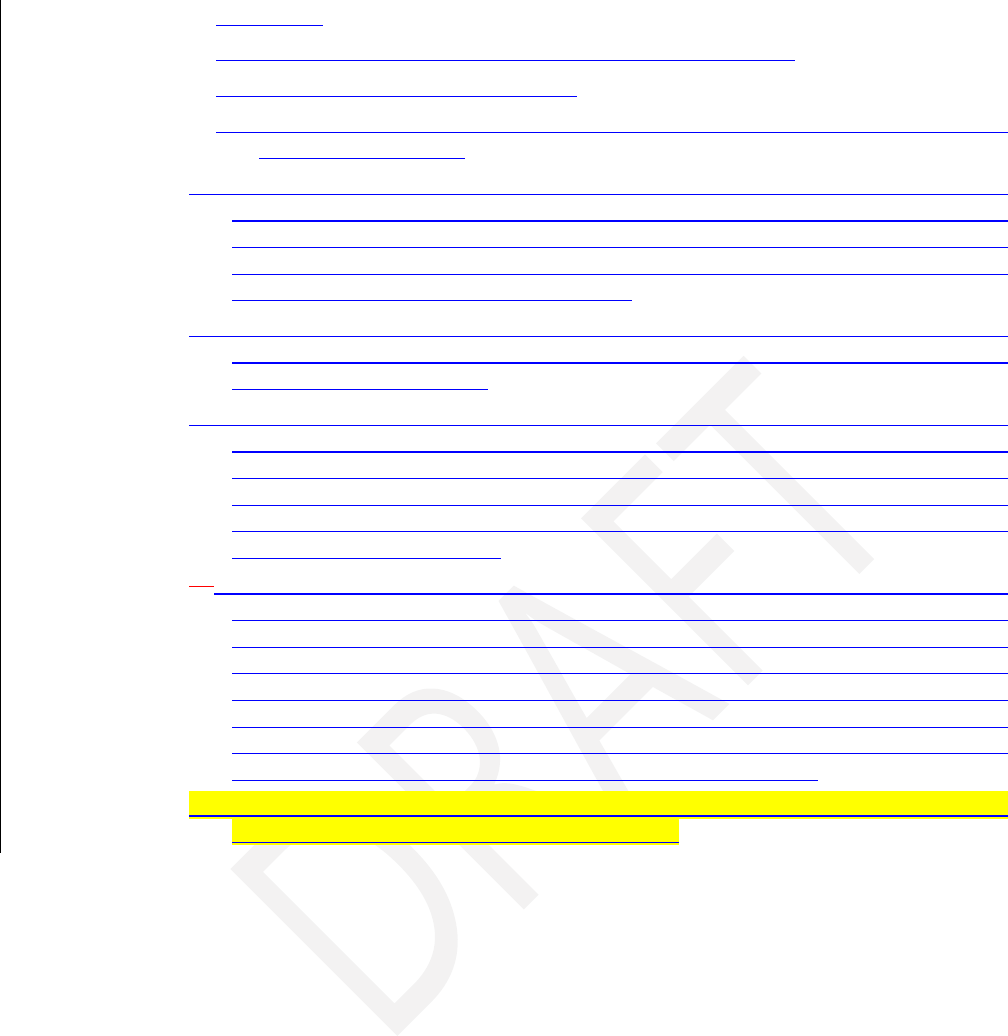
Article 10. Erosion Control and Stormwater Management Page 10-22
(2) Fences.
(3) Signs in accordance with Article 6 of this Development Code.
(4) Roads, driveways and parking areas.
(5) Utility poles, towers, pipelines, water treatment outfalls and facilities, or similar
facilities and structures.
(c) If the developer elects to construct the new dam in accordance with the design standards
for new dams as contained in the Rules for Dam Safety, then new development shall be
permitted within the dam breach zone. However, the dam shall meet the design
standards for new dams as contained in the Rules for Dam Safety if development currently
exists or is proposed in the dam breach zone.
(d) Construction plans for new dams defined herein shall be submitted to the Community
Development Department for review for the project and the dam prior to securing a
permit from the Department.
(e) For any dam that is proposed not to meet the design standards for new dams as
contained in the Rules for Dam Safety, the developer shall obtain a dam breach easement,
recorded with the Clerk of Superior Court, from any offsite property owner where it is
proposed for the dam breach zone to extend off the property where the dam is being
constructed. The developer shall also cause a dam breach easement to be recorded upon
the property being developed.
(d)(f) Prior to recording of a Final Plat or issuance of a Certificate of Occupancy, as
appropriate, an as-built certification from a registered professional engineer shall be
submitted to the Community Development Department. The certification shall state that
the dam is constructed in accordance with the provisions of these regulations as well as
the authorized construction plans. If the project is for the development of a subdivision,
the developer shall also establish a legal entity, acceptable to Harris County, such as a
mandatory Homeowners Owner’s Association, at time of recording of the Final Plat,
responsible for the maintenance of the dam and its impoundment.
(g) n addition to State requirements, a new dam shall be on a single of land so that it is
owned and maintained by a single owner or entity.
